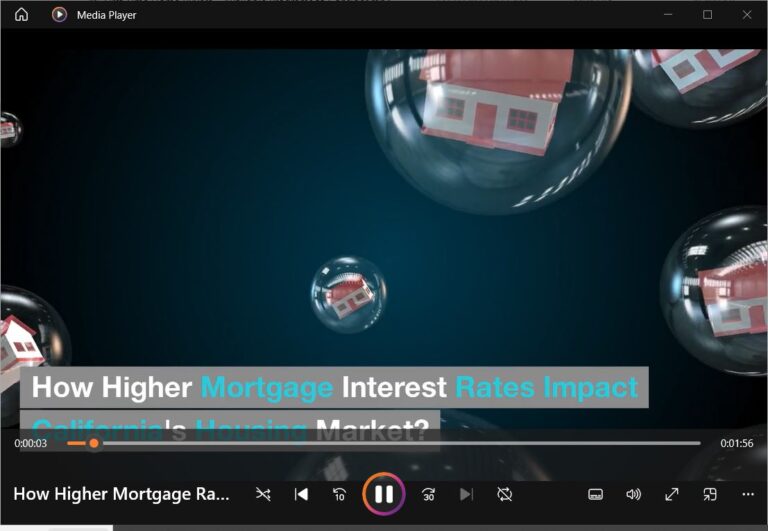
The sharp surge in mortgage rates, nearly tripling since 2022, presents a seismic shift with profound implications for California’s housing market, both for potential buyers and those considering refinancing.
This rapid increase in mortgage rates directly impacts the affordability of homeownership. For prospective buyers, higher rates mean increased borrowing costs, potentially limiting their purchasing power. With higher monthly payments, some may reconsider their budget or the type of property they can afford.
Additionally, for existing homeowners contemplating refinancing, higher mortgage rates erode the potential savings they could have gained. The allure of securing a lower rate to reduce monthly payments or shorten the loan term diminishes as rates climb, potentially leading homeowners to delay or forgo refinancing altogether.
The ripple effects of these soaring rates extend to the housing market dynamics. The higher borrowing costs may lead to a slowdown in demand, impacting the pace of home sales. As affordability becomes a concern for many, it might translate into a more subdued market, with fewer buyers entering the fray.
Furthermore, the escalation in mortgage rates may temper the frenzied price growth seen in recent years. As borrowing becomes more expensive, the upward pressure on housing prices might ease, potentially stabilizing or even slightly reducing home prices.
In essence, the sharp increase in mortgage rates poses challenges for both prospective buyers and those seeking to refinance in California. It alters affordability, influences decision-making, and could potentially reshape the dynamics of the housing market in the state in the coming months.
